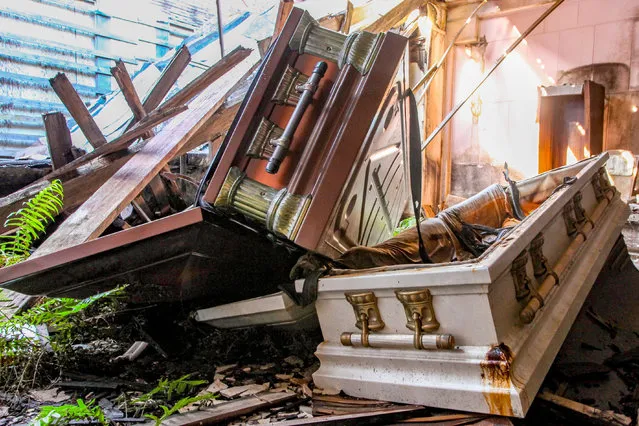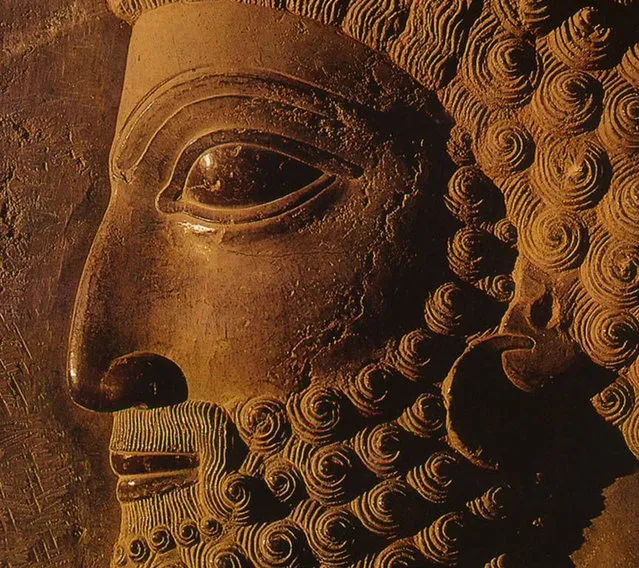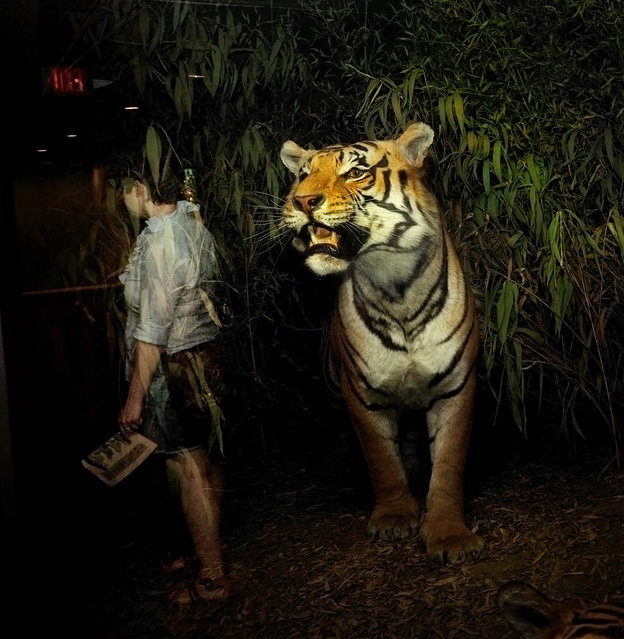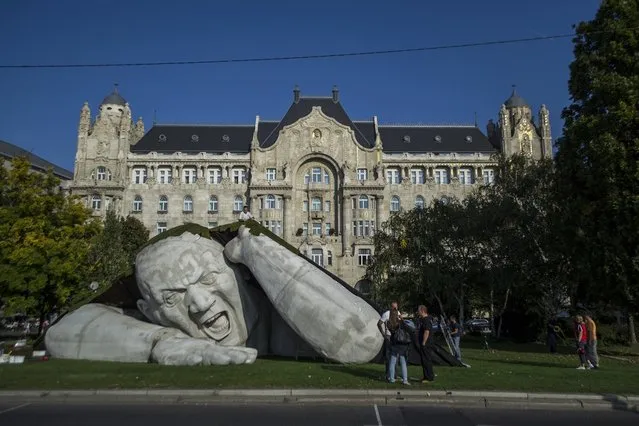
People take part in a half naked Santa run in downtown Budapest, Hungary, December 9, 2018. The partakers danced, ran, walked and laughed on the streets of Budapest, while others opted to simply raise money for the chosen charity. Many people had the names of their charities written on their bellies, while others were dressed in full Santa outfits. (Photo by Bernadett Szabo/Reuters)
11 Dec 2018 00:01:00,post received
0 comments







